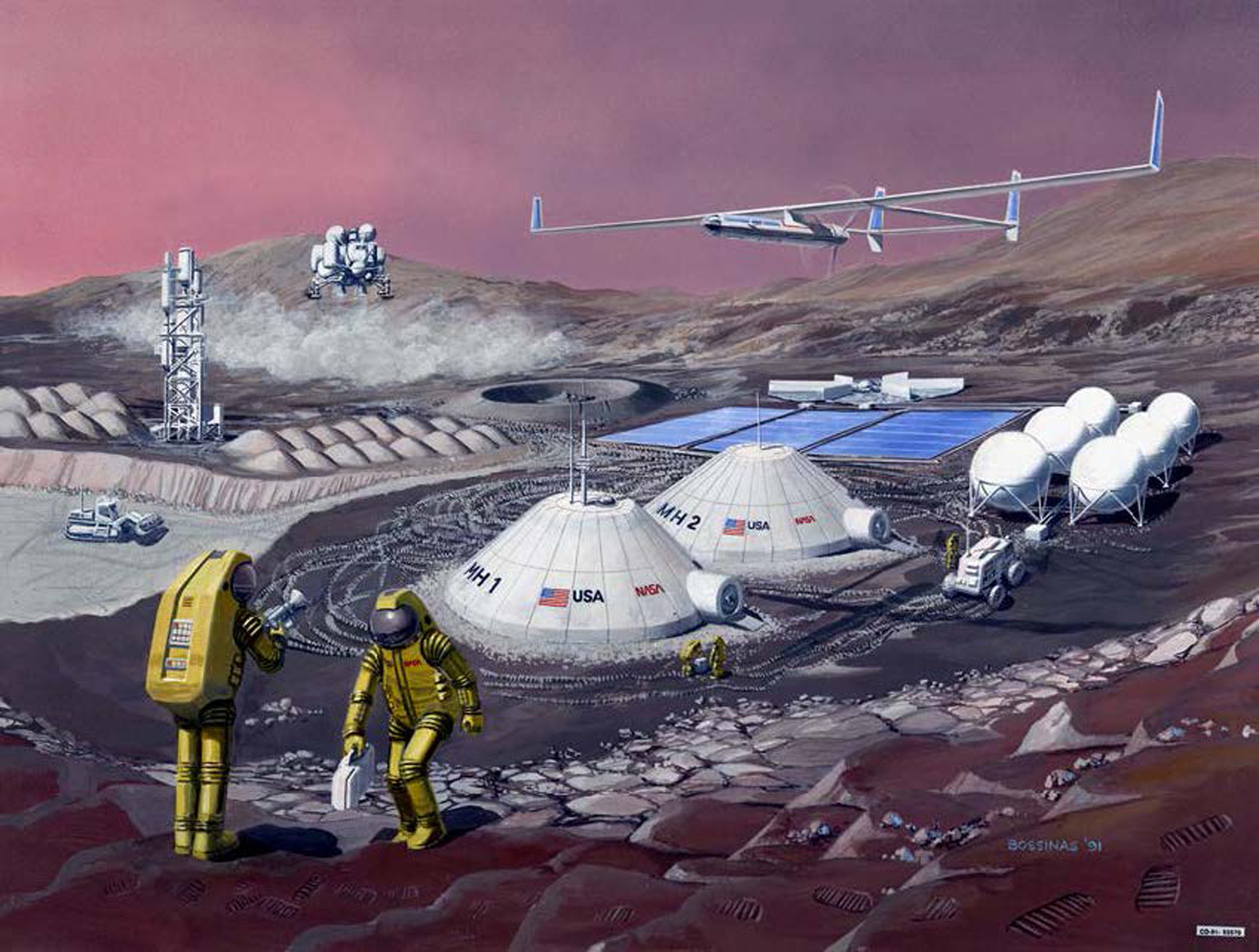Search
Health Medicine and Biotechnology

In-Situ Resource Utilization (ISRU): Methylotrophic Microorganisms Expressing Soluble Methane Monooxygenase Proteins
Microorganisms are unique from the standpoint that they can be employed as self-replicating bio-factories to produce both native and engineered mission relevant bio-products. Methane (CH<sub>4</sub>) usage in In-Space Manufacturing (ISM) platforms has been discussed previously for human exploration and has been proposed to be used in physicochemical systems as a propulsion fuel, supply gas, and in fuel cells. Carbon Dioxide (CO<sub>2</sub>) is abundant on Mars and manned spacecraft. On the International Space Station (ISS), NASA reacts excess CO<sub>2</sub> with Hydrogen (H<sub>2</sub>) to generate CH<sub>4</sub> and Water (H<sub>2</sub>O) using the Sabatier System (Figure 1). The resulting water is recovered in the ISS, but the methane is vented to space. Recapturing this methane and using it for microbial manufacturing could provide a unique approach in development of in-space bio-manufacturing. Thus, there is a capability need for systems that convert methane into valuable materials. Methane (CH<sub>4</sub>) is a potential carbon substrate for methanotrophic microorganisms which are able to metabolize CH<sub>4</sub> into biomass. The innovative technology from NASA Ames Research Center ports Soluble Methane Monooxygenase (sMMO) to <i>Pichia</i>, that is, it moves the methane metabolism into a robust microbial factory (<i>Pichia pastoris</i>) (Figure 2). The yeast <i>Pichia pastoris</i> is a refined microbial factory that is used widely by industry because it efficiently secretes products. <i>Pichia</i> could produce a variety of useful products in space. <i>Pichia</i> does not consume methane but robustly consumes methanol, which is one enzymatic step removed from methane. This novel innovation engineers <i>Pichia</i> to consume methane thereby creating a powerful methane-consuming microbial factory and utilizing methane in a robust and flexible synthetic biology platform.



